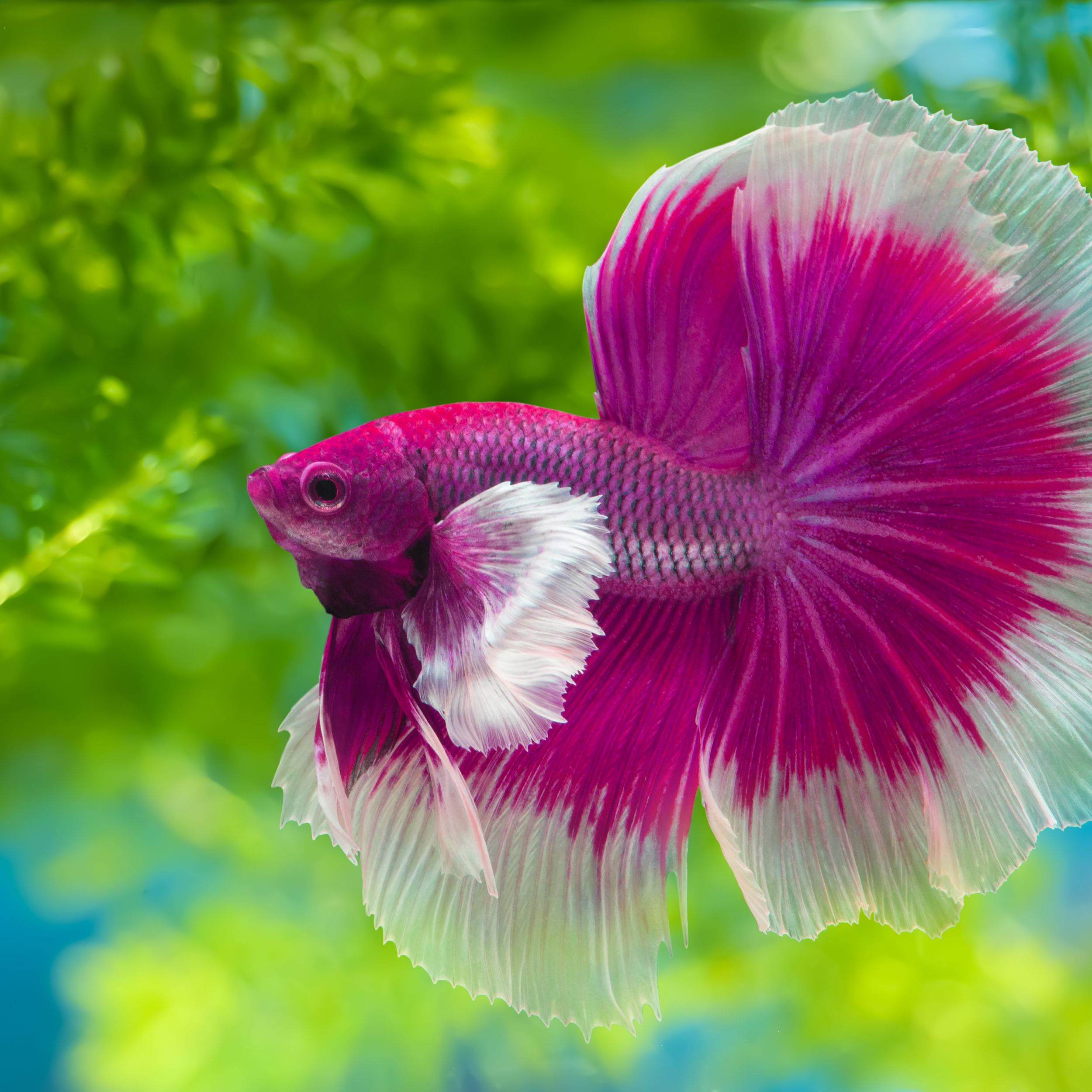Betta Fish Treatment: Necessary Tips for a Healthy and Satisfied Pet Dog
Wiki Article
Just How to Reproduce Betta Fish Successfully: Expert Methods and Insights for Hobbyists Aiming To Increase Their Betta Collection
Reproducing Betta fish requires a nuanced understanding of genetics and environmental problems, making it necessary for enthusiasts to approach the process with both persistance and care. Producing an optimal breeding setting, choosing the best sets, and observing the details of their courtship actions are foundational steps that can significantly impact the outcome. Additionally, the succeeding care of the fry is vital for guaranteeing their healthy development. As we check out these crucial elements, it becomes clear that successful breeding is not nearly the initial pairing yet encompasses a broader strategy that merits careful consideration.Recognizing Betta Fish Genes
Understanding the genetics of Betta fish is critical for effective breeding, as it affects attributes such as shade, fin shape, and behavior. Betta fish display a diverse selection of colors and patterns, largely identified by their genetic makeup. The primary genetics liable for coloration include the "B" gene for blue, "D" genetics for red, and the "C" gene for shade strength. Breeders can control these qualities by choosing particular parent fish that exhibit desired features.In enhancement to pigmentation, fin morphology is one more significant facet of Betta genetics (betta fish). The shape and dimension of fins are influenced by numerous genes, including those that establish whether the fins are short, long, or veil-shaped. Understanding these hereditary variations aids breeders forecast the phenotypic results of their offspring
In addition, behavioral traits such as aggression and territoriality can also be affected by genetics. These actions play an important duty in the reproducing process, as they can affect generating success and the total personality of the resulting fry. By thoroughly comprehending these genetic principles, dog breeders can make educated decisions, eventually enhancing their reproduction programs and attaining preferable outcomes.
Preparing the Breeding Environment
Creating an optimal breeding atmosphere is essential for the effective reproduction of Betta fish. The first step in preparing this atmosphere is to pick an ideal reproduction tank, ideally ranging from 5 to 10 gallons.Next, think about using a sponge filter or an air rock to supply mild water circulation without creating strong currents that can worry the fish. It is necessary to mount plants or reproducing cones to supply concealing places and advertise convenience for the lady throughout the spawning procedure. Drifting plants, such as Java moss or water sprite, can additionally develop an extra all-natural setting while facilitating bubble nest structure by the man.
Prior to presenting the reproducing sets, make sure the water is conditioned and devoid of unsafe chemicals, such as chlorine or hefty steels. betta fish. Routine water changes should be conducted to keep optimum water top quality, improving the possibilities of successful reproduction. With these prep work in position, the breeding environment will sustain the health and wellness and wellness of both Betta fish
Selecting Breeding Pairs
Choosing the right reproduction pairs is critical for accomplishing effective Betta fish recreation. Healthy Betta fish show dynamic colors, clear eyes, and energetic behavior.Temperament is one more important factor to consider, as Betta fish are understood for their aggressive nature. It is suggested to pick a male and lady that display compatible personalities to decrease stress throughout the breeding procedure. A tranquil man can urge a smoother courtship, while a female that is also hostile may disrupt the process.
Genetic background also plays a substantial duty in the quality of the offspring. Breeding fish that are genetically diverse can reduce the risk of hereditary health issues and boost the general vitality of the fry. It is beneficial to research the family tree of both the male and female, focusing on preferable attributes such as fin kind, shade patterns, and size.
The Reproduction Refine
The breeding procedure of Betta fish requires careful preparation and focus to information to guarantee a successful end result. Originally, it is crucial to prepare a suitable breeding tank, preferably a 5-10 gallon aquarium with a temperature level maintained at 78-80 ° F. The tank should be furnished with a heating unit, filter (preferably sponge type to avoid solid currents), and a lot of marine plants for the woman to conceal.Once the environment is set, introduce the chosen breeding pair to the container, enabling them to accommodate. Observe their habits; the male will show intricate courtship rituals, including flaring his fins and developing a bubble nest. If the lady shows interest, she will show vertical red stripes showing readiness for spawning.
When the lady is responsive, both will engage in a mating accept, during which the male fertilizes the eggs. It is essential to check their interactions carefully, as the man might end up being hostile. After generating, remove the woman to stop prospective harm. The male will tend to the eggs, which usually hatch out within 24-36 hours. Preserving optimal water problems throughout this duration is necessary for the development of healthy and balanced Betta fry.
Caring for Betta Fry

Feeding Betta fry is crucial, as they call for a diet regimen high in protein. They can be fed infusoria or liquid fry food, transitioning to finely smashed top quality pellets as they expand. Feed small sections numerous times a day to motivate healthy development without straining the tank with uneaten food.

As they develop, monitor their growth closely and separate any kind of hostile people to stop injury. By giving a supporting setting and proper nourishment, hobbyists can effectively elevate Betta fry into dynamic, healthy fish, ultimately improving their reproduction undertakings.
Conclusion
Effective Betta fish breeding needs meticulous attention to genetic option, environmental conditions, and take care of the fry. By understanding the genes of Betta fish and preparing an ideal reproduction setting, hobbyists can boost the chances of producing dynamic, healthy and balanced offspring. Picking suitable reproduction pairs and carefully checking the courtship and generating procedures are vital. Ultimately, providing optimal treatment for the fry guarantees their healthy and balanced growth, adding to get redirected here a successful Betta try these out collection.Report this wiki page